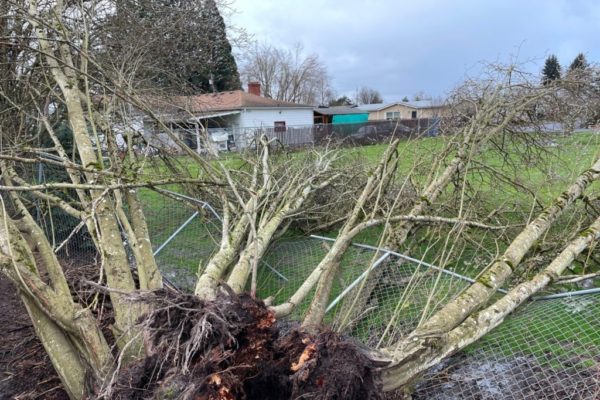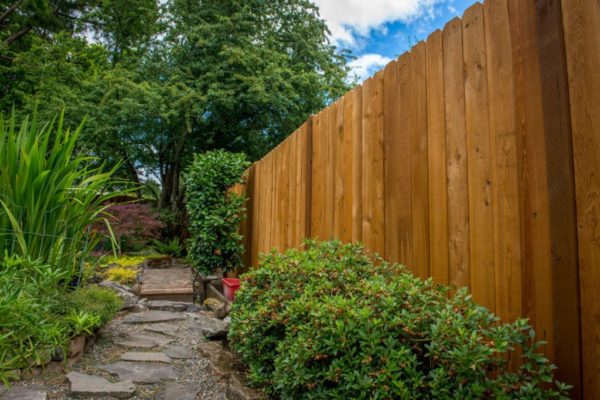The Ultimate Guide to Staining Your Fence or Deck: A How-To Guide for Pacific Northwest Homeowners
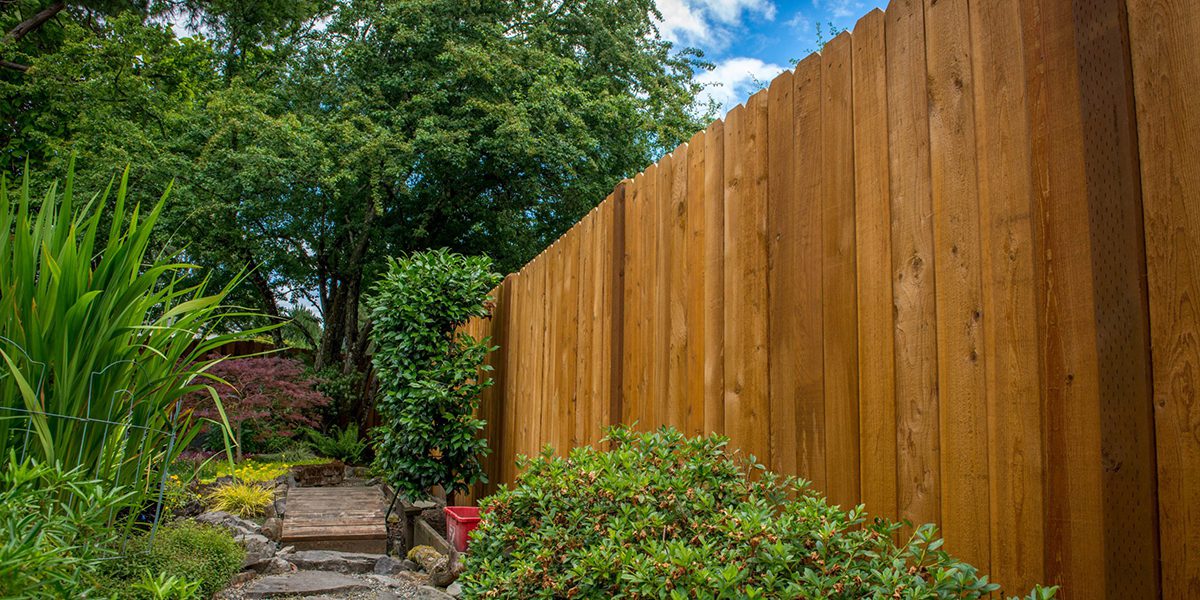
Is your fence turning gray, or are your deck boards starting to show cracks and wear? Do you think your neighbor’s fence is holding up better than yours? The difference might be maintenance, and staining is one of the most critical steps to a long-lasting fence or deck.
In this guide, we’ll review the benefits of staining a fence or deck, outline the steps to take, and cover a few important tips to consider for your staining project. Make sure you check out our answers to frequently asked questions at the end! These tips are especially helpful for homeowners throughout Oregon and Washington — from Astoria and Lincoln City to Vancouver, Eugene, and everywhere in between.
Note: Rick’s specializes in expert fence and deck installations across the Pacific Northwest. While our staining services are limited to select locations, the tips in this guide are based on recommendations from leading manufacturers and staining professionals. For personalized advice, contact us to be matched with a local paint or stain expert.
Benefits of Staining a Fence or Deck
Staining is more than just a finishing touch — it’s a big part of long-term care and getting the most enjoyment out of your fence or deck. Staining is important because it:
- Enhances appearance by bringing out the natural grain and color of the wood
- Protects against UV rays that cause fading and discoloration
- Shields against mold and mildew common in the Pacific Northwest’s wet climate
- Helps boards retain moisture, reducing cracking and warping during hot, dry weather
- Extends the life of your fence or deck when applied correctly and maintained regularly

Pro tip from Rick’s: When choosing a stain, be sure to select one formulated for the Pacific Northwest! Look for products with UV inhibitors and mildewcides to suit Oregon and Washington’s climate. Rick’s Pacific Northwest-made fence and deck stains are a perfect option! Available for pick up today from your nearest Rick’s location.
How to Stain a Deck or Fence
Staining your deck or fence might seem like a big task, but it’s very doable with planning and the right approach. It starts with having a plan, using the right tools, and reading the instructions of the products you’re using. These step-by-step tips will help you get professional-looking results on your first try.
Step 1: Gather Staining Tools and Supplies
First, decide what tool you’ll use to apply the stain. A foam or polystyrene paint roller is great for smooth coverage on decks. A sprayer works well for fences but can be tricky to master. Paint pad applicators offer good control and an even finish. No matter which you choose, keep brushes (in various sizes) on hand for tight spots and edges.
You’ll also need:
- Painter’s tape and plastic for protecting nearby surfaces
- Rags for cleanup
- A paint tray
- Cleaning solvents (if required by your stain type)
- Protective gear like gloves, goggles, and a respirator
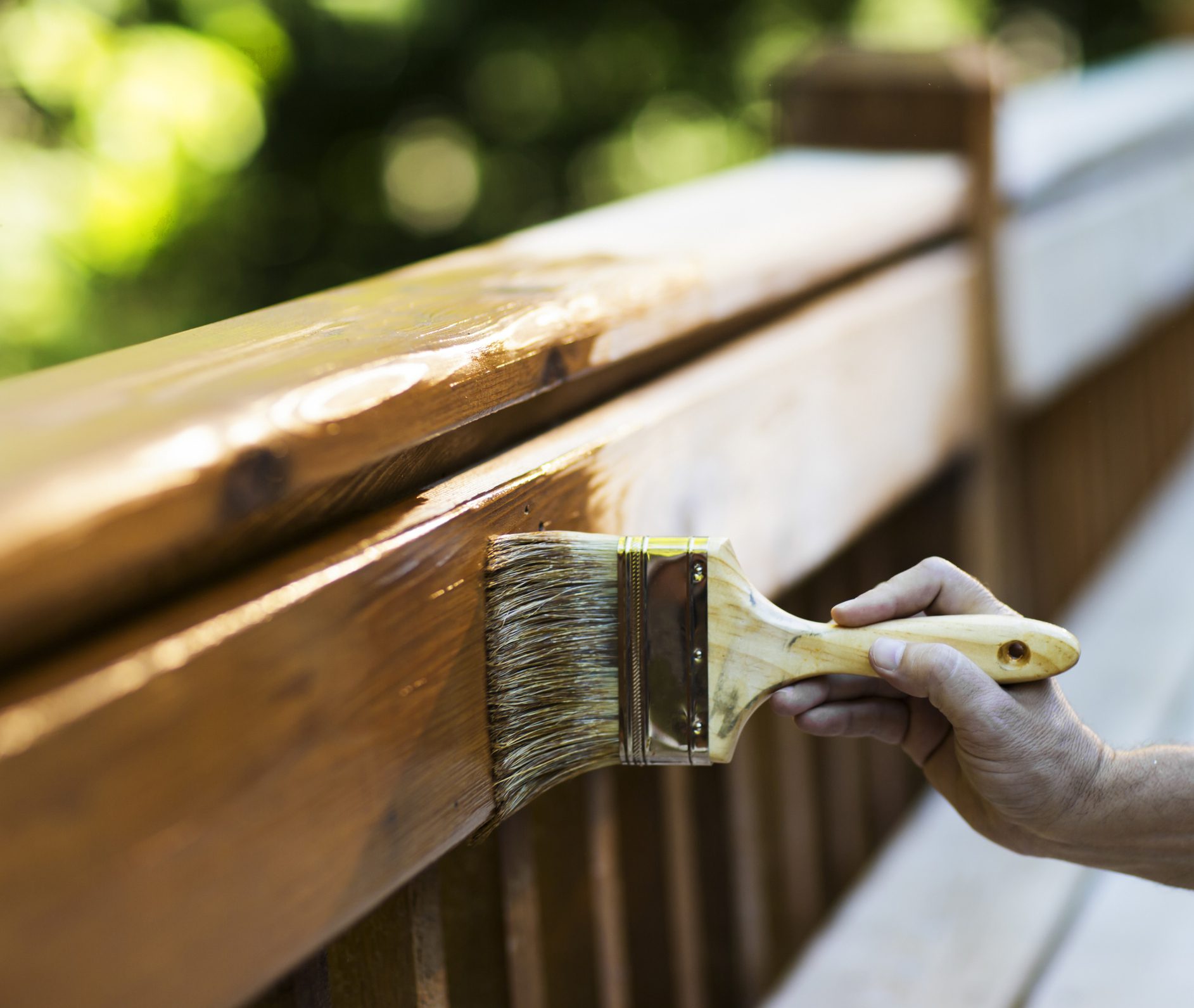
Pro tip from Rick’s: While sprayers can be great for large areas, they require careful handling to avoid drips and overspray. If you go this route, we recommend working with a team — one person sprays while another follows with a brush or roller to even out the finish and hit tricky areas. Make sure you select a sprayer designed for use with stain to avoid clogs in the applicator!
Step 2: Check the Weather Forecast
Weather conditions are extremely important when staining. You don’t want it to be too hot or too cold, and it shouldn’t be too sunny. You also want to make sure it won’t be too windy, and there won’t be any rain. So, what’s a good Pacific Northwesterner to do? Here are some quick tips:
- Stain your fence or deck when the temperature is between 50 – 90 degrees Fahrenheit. If it’s too hot, the stain won’t soak into the boards evenly, and it’ll peel off in the first month. If it’s too cold, the stain won’t cure properly and may not penetrate the wood.
- Apply the stain in the early morning or late afternoon. This helps to prevent the sun from beating down on your surfaces.
- Stains usually need to be dry for 24 hours to cure. Check the weather forecast for rain before you start!
Step 3: Prepare Your Deck or Fence for Staining
Homeowners are sometimes tempted to cut corners here, but we can’t say this enough: don’t skip the prep! It takes a lot of work, but it’s the most important part of the process for even results and to maximize the life of your stain. Check out these prep tips for staining a new project or applying new stain to an older surface:
How to Prep a New Deck or Fence to Be Stained
- Clear the area of any furniture, plants, or nearby items.
- Sweep away all dirt, debris, leaves, and pollen.
- Inspect the wood for damage and make any needed repairs.
- Hose down the wood to remove dust or surface residue, then let it fully dry.
- Protect nearby surfaces like siding or concrete with painter’s tape and plastic sheeting.
How to Prep an Older Deck or Fence for a New Stain
- Remove furniture, planters, or any other obstacles.
- Sweep thoroughly to eliminate debris, dirt, and buildup.
- Inspect and repair damaged boards or fasteners.
- Consider power washing to remove previous stains and grime. Use a 45-degree tip at 1200–1400 psi, always following the wood grain. Test a small section first to avoid damage.
- If needed, use a deck cleaner to tackle mildew or weathered finish. Rinse completely and let dry.
- Sand rough or splintered boards. A belt sander is usually more effective than an orbital sander for cedar.
- Protect plants, siding, or concrete surfaces with tape or plastic.
- Not sure what kind of stain is on the wood? Apply a small amount of deck stripper. If it wipes away easily, it’s water-based. If not, it’s oil-based. Avoid mixing different stain types.
Step 4: Apply Stain to your Fence or Deck
Now that you’re well prepared, it’s finally time to apply the stain to your fence or deck. No matter what tools you’re using or what you’re staining, make sure to apply stain in long, even strokes.
Staining a Deck: Where to Start and How to Apply
Don’t get stuck in a corner! Before staining your deck, plan your path carefully, then pour the stain into a tray. Begin with railings, posts, and handrails using a brush. Then, move to the deck boards with your applicator—roller, brush, or pad. When you’re done, clean your tools well and let the surface dry for 24 to 48 hours.
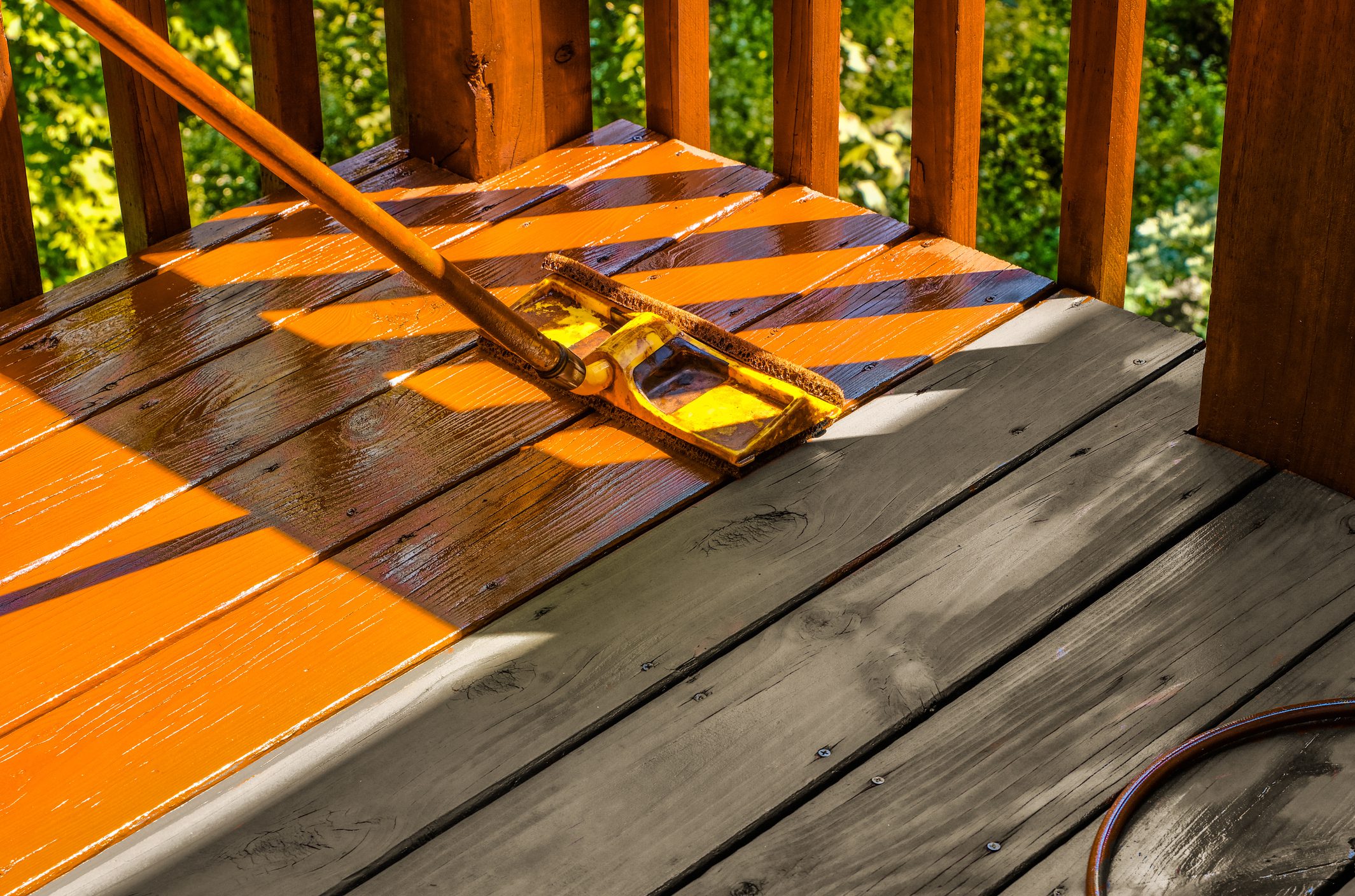
Pro tip from Rick’s: For smooth new wood, plan on 200–250 sq. ft. of coverage per gallon. For rougher boards, expect 100–200 sq. ft. Apply evenly (at a rate the wood will absorb) along the grain, and don’t allow the stain to pool or puddle on the surface of the wood. Wipe up excess stain with a towel or rag to avoid a blotchy finish.
Staining a Fence: Where to Start and How to Apply
To stain a fence, use a sprayer or brush to apply stain in two- to three-foot sections. Always work from top to bottom, and keep the leading edge wet to avoid lap marks. Use a brush for cracks, corners, or other tricky spots. Once done, clean your tools well and let the surface dry for 24 to 48 hours.
Pro tip from Rick’s: One gallon typically covers 15–20 linear feet (both sides) of a cedar fence that is roughly 6 feet in height. Make sure to apply at a rate that the wood will absorb and don’t let stain drip or run down the fence! After spraying, follow with a roller or brush to smooth the finish while it’s still damp.
Important Tips for a Successful Staining Project
Here are a few helpful tips to make your staining project go more smoothly and deliver great results:
- Less is more: Don’t overdo it! A light layer of stain is enough to cover your project. Don’t put it on too thick, or you’ll have a splotchy finish that peels off as soon as it dries. If you want a darker color or feel one coat isn’t enough, add a second coat after a few weeks.
- Customize your tools: Trim your paint pad or roller to match the board width for cleaner application.
- Do your homework: For best results, always read and understand the manufacturers’ instructions (before you start!).
- Handle waste safely: Never toss oil-soaked rags in the trash — they can combust. Instead, soak rags and rollers in water and let them fully dry before you throw them away. Clean your brushes well, too, by using a solvent like mineral spirits.
Deck and Fence Staining FAQs
How often should I reapply stain to maintain my deck or fence?
It’s typical to reapply stain to your deck or fence every 2 – 3 years, but your mileage may vary! Depending on your project’s weather exposure, stain type, and application quality, your timeline for reapplying the stain may be more or less than the average. If you live in Lincoln City or Hood River, you may need to apply stain more frequently than a homeowner in Portland or Vancouver.
Can the type of wood affect the staining process?
Are eco-friendly stains available?
Yes! Look for low-VOC or water-based options. Natural oil-based stains are another good choice for reducing environmental impact.
Get a Quote on a New Fence or Deck from Rick's Today!
Visit your nearest Rick’s location to explore our Pacific Northwest-made fence and deck stain options and speak with a deck and fence expert. Whether you live in Beaverton, Gresham, Portland, or Yakima, our experts in Hillsboro, Salem, Vancouver, Gresham, or Tri-Cities are here to help.
Ready for an upgrade? To turn your outdoor space into a private oasis, contact Rick’s Custom Fencing & Decking for a free estimate. Learn why we’ve been trusted throughout the Pacific Northwest for over 40 years!
